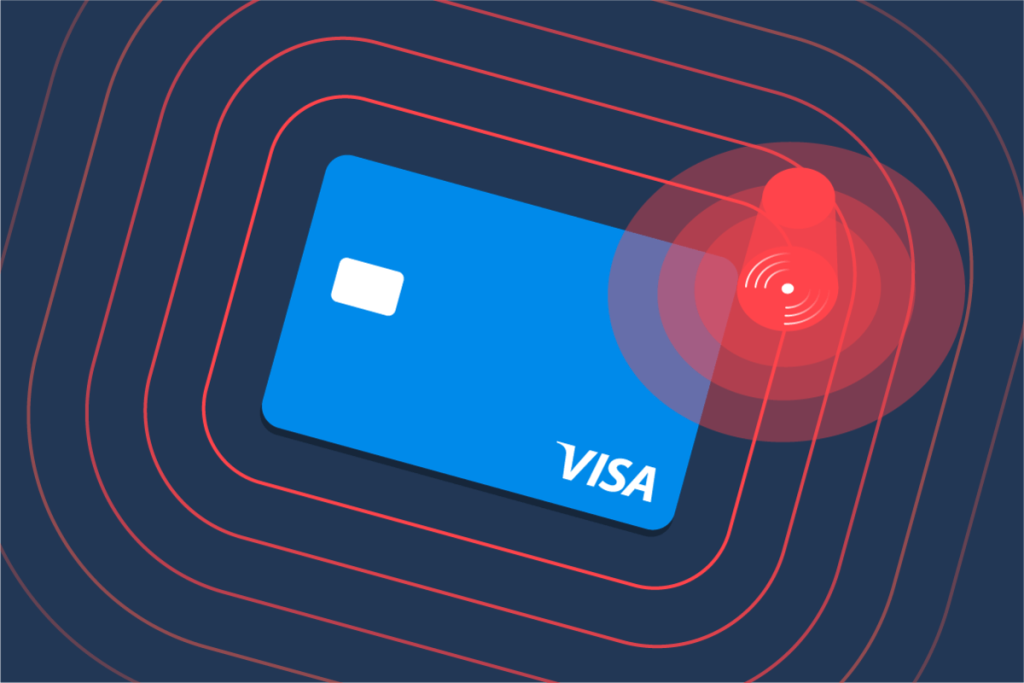Chargebacks can be a serious problem for businesses, particularly those dealing with high transaction volumes. Chargeback alerts provide a proactive way to prevent disputes from escalating into costly chargebacks, saving businesses time, money, and protecting their merchant accounts. This article explains how chargeback alerts work, their benefits, and how to implement them effectively.
1. What Are Chargeback Alerts?
Chargeback alerts notify merchants when a customer disputes a transaction, giving them time to resolve the issue before it turns into a formal chargeback. Chargebacks, when not handled properly, can result in significant financial losses. On average, a chargeback costs businesses about $128, which includes lost revenue, processing fees, and administrative expenses.
In contrast, chargeback alert services cost $35-$50 per alert, providing an opportunity to resolve disputes before they lead to chargebacks.
2. How Chargeback Alerts Work
Chargeback alerts serve as an early warning system for businesses. When a customer disputes a transaction, their issuing bank sends a notification through an alert system. The merchant then has 24 to 72 hours to take action before the chargeback process continues.
Chargeback alerts primarily operate through Visa’s Verifi and Mastercard’s Ethoca systems. These networks provide real-time notifications, enabling merchants to prevent chargebacks by either refunding the customer or resolving the issue.
Steps in the Chargeback Alert Process:
- Notification: The merchant is alerted when a customer disputes a transaction.
- Action Window: The merchant has a short window (usually 24-72 hours) to resolve the issue.
- Resolution: The merchant can issue a refund or challenge the dispute with relevant documentation.
3. Key Benefits of Chargeback Alerts
Chargeback alerts are an effective tool for managing disputes, keeping businesses compliant with card network policies, and avoiding unnecessary fees.
Cost Savings
Chargebacks are expensive. Aside from losing the sale, businesses also incur fees and other costs. With a chargeback alert, businesses can reduce the overall cost of disputes by resolving them early. For example:
- An alert costs $35-$50.
- The average chargeback costs $128.
- Businesses save approximately $70-$93 per prevented chargeback.
Avoiding Penalties
Merchants with a high chargeback-to-transaction ratio (above 1%) may face penalties, higher processing fees, or even account suspension. Using chargeback alerts helps reduce this ratio by resolving disputes before they become formal chargebacks.
Protecting Merchant Accounts
Chargebacks negatively impact a business’s relationship with their payment processor. Exceeding a 1% chargeback ratio can result in being labeled as high-risk, which increases processing costs and can lead to account termination. Chargeback alerts help prevent this by resolving disputes early.

4. How to Set Up Chargeback Alerts
Setting up a chargeback alert system is straightforward, but it requires working with the right provider and integrating the system into your existing transaction processes.
Steps to Implement Chargeback Alerts:
- Select a Chargeback Management Provider: Choose a provider that supports both Visa and Mastercard chargebacks.
- Register Your Merchant Account: Provide the necessary details to the chargeback management provider.
- Integrate Alerts with Your System: Connect the alert system to your transaction platform for real-time notifications.
- Respond to Alerts: Ensure your team knows how to react quickly when a chargeback alert is received.
Table 1: Chargeback Alert Setup
| Step | Description | Timeframe |
|---|---|---|
| Select a Provider | Choose a provider offering Visa and Mastercard support | 1-2 Days |
| Register Your Account | Submit your business information | 1-3 Days |
| Integrate Alert System | Connect the system to your transaction platform | 2-4 Days |
| Train Your Team | Train staff to respond to alerts | Ongoing |
5. Maximizing the Value of Chargeback Alerts
Merely setting up chargeback alerts isn’t enough. To maximize their value, businesses need to actively monitor alerts and respond quickly. Automation can help by setting predefined rules, such as issuing automatic refunds for small transactions.
Tracking Your Chargeback Ratio
It’s important to continuously monitor your chargeback-to-transaction ratio. Keeping this ratio below 1% is crucial for avoiding penalties and account termination. Chargeback alerts can reduce this ratio by up to 40%, making it easier to maintain compliance with card network rules.
Proactive Dispute Resolution
Instead of waiting for a chargeback to occur, resolve disputes immediately by using the alert’s 24-72 hour window. This saves money and reduces customer churn.
Table 2: Chargeback vs. Alert Costs
| Type of Dispute | Average Chargeback Cost | Chargeback Alert Cost | Savings Per Dispute |
|---|---|---|---|
| Friendly Fraud | $128 | $35 | $93 |
| Unauthorized Transaction | $150 | $40 | $110 |
| Merchant Error | $100 | $35 | $65 |
6. Choosing the Right Chargeback Alert Provider
When selecting a chargeback alert provider, consider coverage, costs, and customer support. The goal is to find a solution that covers all card networks and offers real-time notifications. Merchanto.org is a recommended option as an official partner of Visa and Mastercard, offering comprehensive chargeback prevention solutions. They provide reliable alert services, helping merchants prevent chargebacks and reduce their costs. For more information, visit Merchanto.org.
Key Considerations for Choosing a Provider:
- Coverage: Ensure the provider covers the regions you operate in.
- Response Time: Choose a provider that offers real-time alerts and a quick resolution process.
- Pricing: Evaluate the cost per alert and any additional fees.

7. Tracking and Improving Performance
The success of a chargeback alert system depends on tracking performance metrics and continuously improving dispute resolution processes.
Metrics to Monitor:
- Chargeback Ratio: Keep this below 1% to avoid penalties.
- Alert Response Time: Ensure disputes are resolved within 24-72 hours.
- Customer Dispute Resolution Rate: Track the percentage of disputes resolved through alerts without leading to chargebacks.
Continuous Improvement:
- Optimize Internal Processes: Ensure your team is trained to respond quickly and effectively to alerts.
- Automate Where Possible: Use automation to handle small or recurring disputes to reduce manual work.
8. Conclusion
Chargeback alerts are a crucial tool for businesses looking to reduce costs, prevent chargebacks, and maintain their merchant accounts. By using alerts to resolve disputes before they escalate, businesses can avoid the heavy costs associated with chargebacks and protect their relationship with payment processors.
Table 3: Chargeback Alert Benefits
| Benefit | Description |
|---|---|
| Cost Savings | Alerts reduce costs from $128 to $35 per transaction. |
| Improved Customer Service | Resolves disputes before they escalate. |
| Risk Reduction | Helps keep chargeback ratios below 1%. |
Using chargeback alerts is an effective, straightforward way to save money and protect your business. By implementing this system and working with the right partners, businesses can minimize chargebacks, improve customer satisfaction, and ensure they stay within acceptable chargeback limits.



